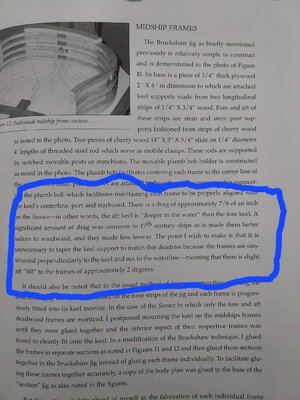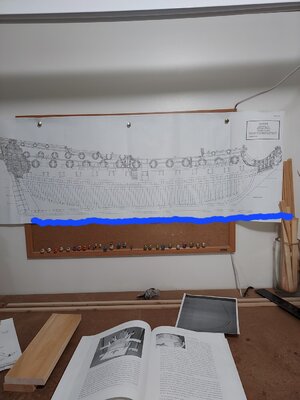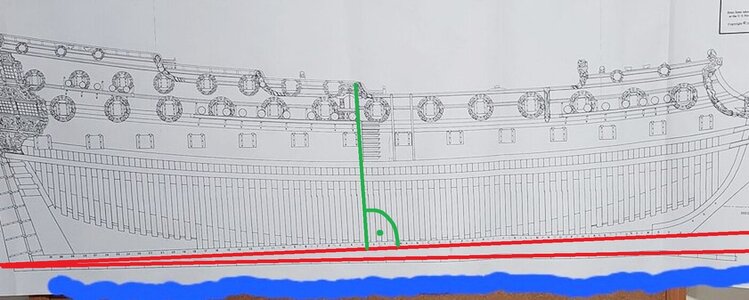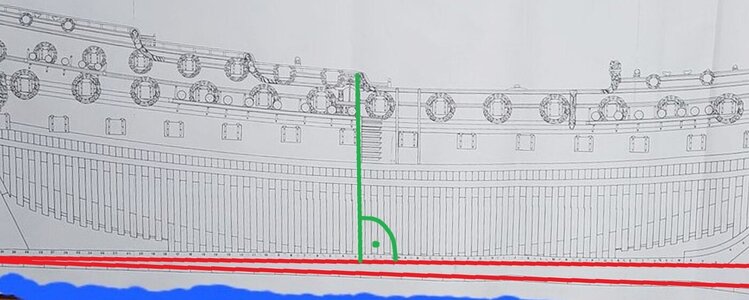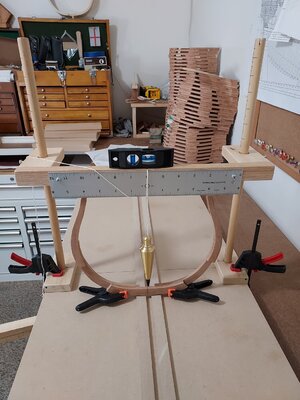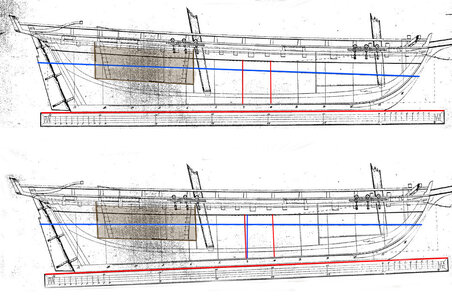Hello everyone I'm looking for some help with the Sussex , I am confused about the drag on the ship , if you read the paragraph I pointed out , it says the frames are perpendicular to the keel (90) degrees, and if you look at the other picture it shows the angle, you will have to zoom in to see the difference from fore to aft , so my question is where am I coming up with the angle for the drag , any info would be greatly appreciated , thanks
